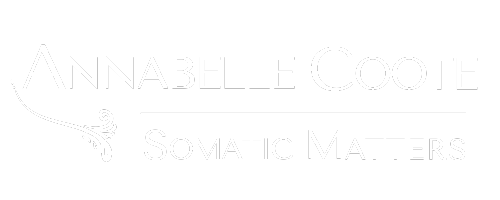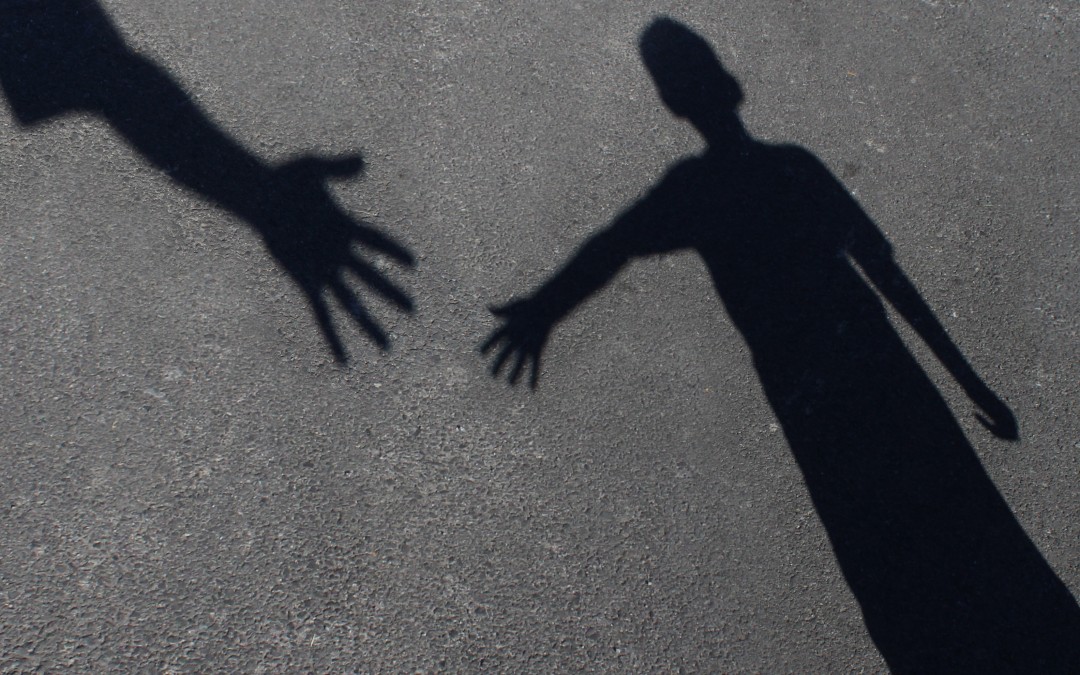Oh the adventures…
I am high above the Atlantic Ocean returning home from a trip to Spain that was full of adventure and experience, novelty and love – we went for my brother’s wedding!
Around every corner was also a bit of mishap, the kind you might expect when you’re in a foreign land. These were frequently the result of language barriers, such as the meal when I ordered three versions of the same fried potatoes without realizing it.
There were other ways in which our being more fluent in Spanish really wouldn’t have helped much because the challenges arose from differences in customs, expectations and everyday norms.
“If only we’d known!” crossed our lips more than a few times, such as when my husband and son traipsed around town at the last minute to buy shirts and shoes that were not included in the Spanish formal wear rental.
So, even with my Spanish-speaking sister playing tour guide, there were times when we missed the boat. Well, um, actually the plane. Which is why I’m writing this 38,000 feet above the sea two days after I was scheduled to be home.
Appreciating the lessons.
My experiences over the past ten days have given me a great chance to appreciate the power of nonverbal communication because it has so powerfully been front and center in connecting people from two different lands with two different languages.
Gestures helped us order food, get taxis oriented to the right location, and tell jokes that met with laughter even when they were not fully understood. We did not need to speak the same language to smile at a baby or for my children to have fun with new friends on the beach. No words stopped anyone from dancing and laughing late into the night.
Everyone saw the love between my brother and his new wife. And as my new sister-in-law’s brother said, even though there is an ocean between us, we can be a new family together with love in our hearts.
The nonverbal in therapy.
Looking at nonverbal communication through the lens of these travel experiences adds some new dimensions to my perspective about the role of the non-verbal aspects of therapy that I’d like to pass along.
1. Sometimes we think we’re speaking the same language as our clients, but actually we may be saying, meaning or understanding very different things. This can be very subtle at times, and it is important for us to keep this in our awareness.
2. There are things that we can anticipate or expect based on prior experience, and there are things we can’t. It can be hard to tell the difference sometimes and these moments can take us quite by surprise. Paying attention to this possibility helps us navigate the unexpected or the mistakes.
3. Miscommunication can often be repaired or forgiven with a healthy dose of kindness or empathy if the intentions are sincere. It can even lead to a stronger sense of connection or understanding. As therapists, if we really look closely for the indications that we have missed something, it opens a great opportunity to help our clients tolerate the conflict and the repair can be a catalyst for healing.
4. Sometimes not sharing the same language is a fun or interesting or meaningful way to enhance a shared human experience. Trying to figure out what our clients mean when they share something or helping them to understand our point of view can sometimes involve as many antics as communicating with someone who speaks a different language. If we can be patient and invite some humor and creativity into it, we’ll share the understanding OR the misunderstanding and it will be part of the fabric of our experience.
5. Slowing down and paying attention with great care can create magic when it comes to understanding and connecting with someone else. This might be one of the most important things we can offer to our clients, whether we offer traditional verbal therapy or body-based or creative arts therapy. This is where we catch the detail, the nuance, the subtle indications of connection or disconnection. This is where we can deepen the experience of healing, change and transformation.
6. And, finally, without a doubt, the nonverbal aspects of human engagement are fundamental to the relationships we create with one another. Have you ever watched actors improvising a scene using only one word? There are stories within stories within stories. When we pay attention to the non-verbal stories in our clients, ourselves and our interactions, we open the channels of communication to a fuller, richer, and more complete experience.
YOUR BODY KNOWS
Since I’m extolling the importance of paying attention to nonverbal communication, l’d like to encourage to you have a look at what your own body has to tell you.
The next time you’re spending time with someone, whether it be a client, colleague, friend, family member, shift your focus so that you are purposefully paying more attention to the non-verbal aspects of your interaction.
“Listen” with your body and your sensory experience. Notice what you see, hear, and feel in your body both from the other(s) and in yourself. See how this colors the communication and your experience of it.
I’d love to hear from you with responses or questions, so please get in touch if you’d like.
Subscribe to the blog
If you’d like to receive posts from this blog, along with other inspiration, free stuff and offers, please sign up for the mailing list. And if you know someone else who might like this too, please pass it on. There are lovely share buttons below. Thanks.
This article is intended for informational purposes only.
It is not to be considered as legal, ethical, clinical, treatment planning, treatment recommendations, or any other business or clinical practice advice related to your work as a therapist, or business advice on how you choose to use this material.
Join my mailing list & subscribe to the blog
I’d love to have you join the Fire Within mailing list! And if you know someone else who might benefit, please pass it on. There are lovely share buttons below. Thanks.
© 2021 Annabelle Coote & Fire Within

